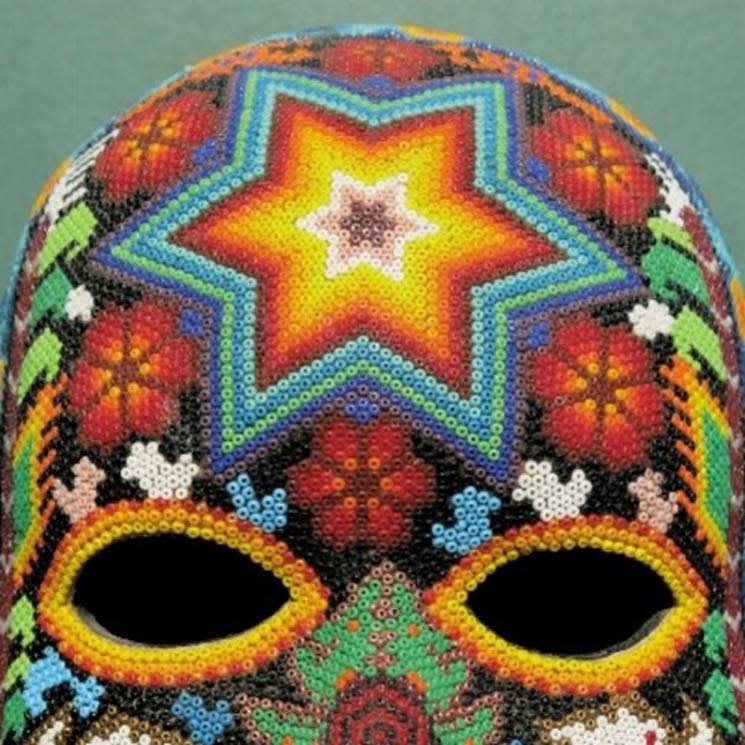Some of the field recordings present on Dead Can Dance's ninth record include beehives from New Zealand, bird calls from Latin America, and a Swiss goatherd. With inspiration from the myths of the Greek god Dionysus and an indigenous Mexican mask depicted on the cover, Brendan Perry and Lisa Gerrard are able to meld together a seemingly random set of influences into a cohesive, compelling statement.
Having originally formed in 1981, this style of songwriting isn't new to Dead Can Dance. There's world music in the mix, along with elements of new age, ambient, classical and a healthy interest in folk traditions. Across the two acts of this record, these influences reveal themselves in ambient field recordings, choral vocals and chants, and an assortment of folk instruments. The record is remarkably cohesive given all the elements at play — not surprising given the experience and longevity of the band.
Each individual section offers its own share of interesting material, from the steady drone of Act II's "The Mountain" to the upbeat, tribal nature of Act I's "Dance of the Bacchantes." The record works best as one cohesive unit rather than its seven individual pieces, but Perry and Gerrard make sure each part contributes to the collective whole.
Dionysus sounds both ancient and contemporary at the same time, and there are not many groups that can show so much reverence for ancient traditions from a modern music perspective. Their eclectic approach to songwriting goes far beyond contemporary music genres, and that is ultimately the record's biggest asset.
(PIAS)Having originally formed in 1981, this style of songwriting isn't new to Dead Can Dance. There's world music in the mix, along with elements of new age, ambient, classical and a healthy interest in folk traditions. Across the two acts of this record, these influences reveal themselves in ambient field recordings, choral vocals and chants, and an assortment of folk instruments. The record is remarkably cohesive given all the elements at play — not surprising given the experience and longevity of the band.
Each individual section offers its own share of interesting material, from the steady drone of Act II's "The Mountain" to the upbeat, tribal nature of Act I's "Dance of the Bacchantes." The record works best as one cohesive unit rather than its seven individual pieces, but Perry and Gerrard make sure each part contributes to the collective whole.
Dionysus sounds both ancient and contemporary at the same time, and there are not many groups that can show so much reverence for ancient traditions from a modern music perspective. Their eclectic approach to songwriting goes far beyond contemporary music genres, and that is ultimately the record's biggest asset.
